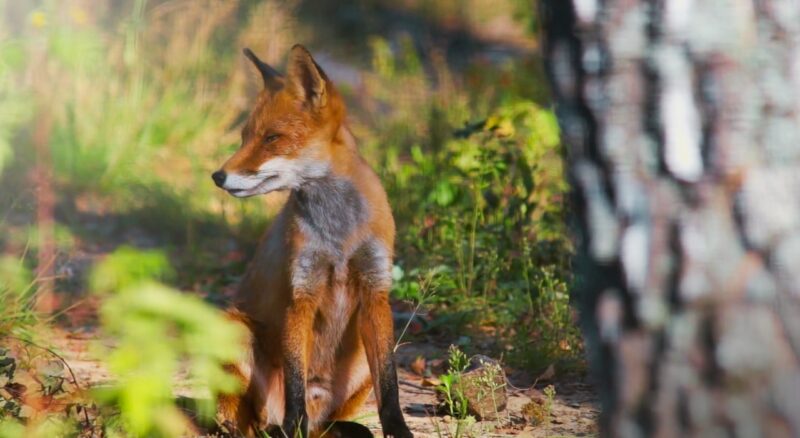Waltz into the enchanting world of forests, where nature weaves an intricate tapestry of life unlike any other. Within these lush and diverse ecosystems, a captivating array of animals roam, each one boasting its remarkable adaptations for survival. From the regal predators prowling in the shadows to the tiniest insects leaving delicate trails, the forests are alive with a symphony of sights and sounds.
In this immersive blog post, we invite you on a thrilling expedition through the heart of the forest, where stunning pictures and intriguing fun facts await at every turn. Prepare to be spellbound as we unveil the secrets of these extraordinary creatures that thrive amidst ancient trees and dappled sunlight. So, grab your metaphorical binoculars and join us on this adventure into the hidden wonders of forest animals. Let’s discover the wild and wondrous inhabitants that call these verdant realms their home!
1. The Diversity of Forest Animals
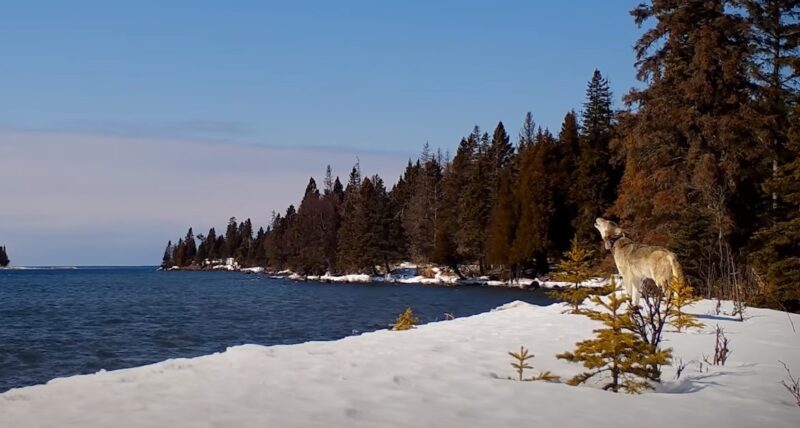
Mammals
Mammals form a significant portion of forest animals, showcasing a wide range of behaviors and adaptations. Some of the most iconic forest mammals include:
- White-tailed Deer (Odocoileus virginianus) – White-tailed deer are excellent swimmers and can cover long distances in water to escape predators.
- Gray Wolf (Canis lupus) – Wolves have a highly sophisticated communication system through howls, barks, and body language.
- Eastern Chipmunk (Tamias striatus) – Chipmunks have cheek pouches to store food, enabling them to carry multiple items at once.
Birds
Forests are teeming with a remarkable variety of bird species, each exhibiting specialized adaptations for survival. Notable forest-dwelling birds include:
- Northern Spotted Owl (Strix occidentalis caurina) – Spotted owls are known for their exceptional nocturnal hunting skills and have a near-silent flight.
- Scarlet Tanager (Piranga olivacea) – The male scarlet tanager is brilliantly red, while the female is predominantly yellowish-green.
- Pileated Woodpecker (Dryocopus pileatus) – Pileated woodpeckers excavate large holes in trees while searching for insects, often leaving distinct rectangular marks.
While exploring the enchanting world of forest animals and learning about the various creatures that inhabit these woodlands, you might stumble upon guidance on encountering wildlife, including the elusive raccoons.
2. The Fascinating World of Forest Invertebrates
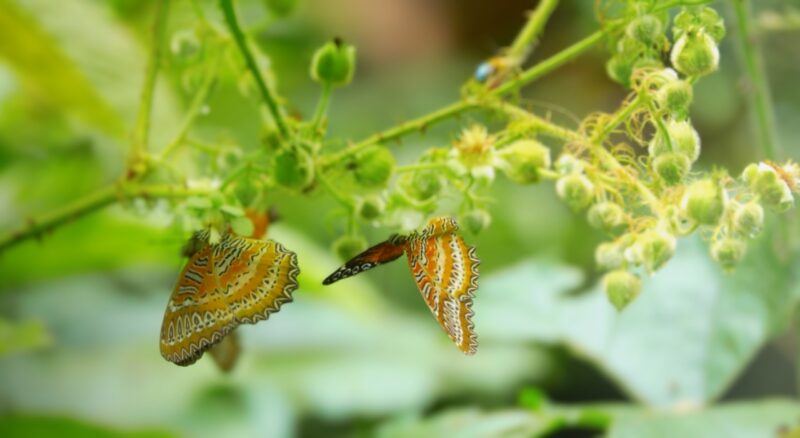
Butterflies and Moths
The forest is home to a myriad of butterflies and moths, exhibiting intricate wing patterns and fascinating life cycles:
- Monarch Butterfly (Danaus plexippus) – Monarch butterflies undertake an epic migration journey covering thousands of miles between their summer and winter habitats.
- Luna Moth (Actias luna) – The luna moth lacks a mouth and only survives for about a week as an adult, solely focused on reproducing.
Arachnids
Spiders and other arachnids play crucial roles in forest ecosystems as predators, helping to control insect populations:
- Golden Silk Spider (Nephila clavipes) – The golden silk spider spins large, intricate webs made of golden-hued silk, which are incredibly strong.
- Harvestman (Order Opiliones) – Harvestmen are not spiders, although they are often mistaken for them. Unlike spiders, they have a fused body and do not produce silk.
While you explore the captivating world of forest animals, don’t miss the opportunity to discover intriguing facts about fascinating African creatures, along with the native inhabitants of these lush woodlands.
3. Forest Amphibians and Reptiles
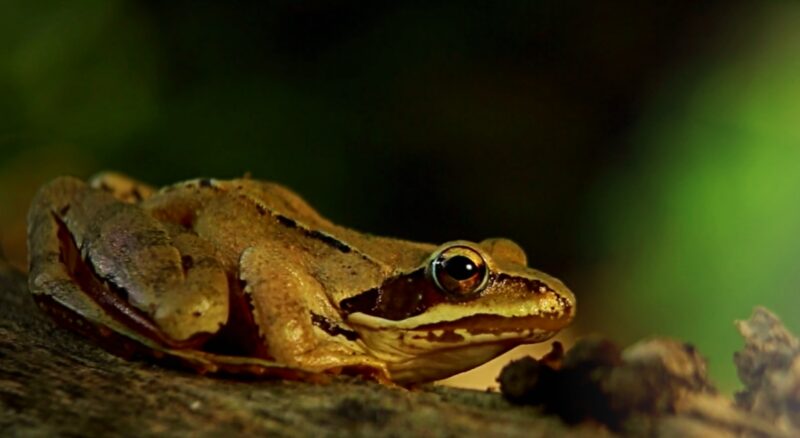
Frogs and Toads
Forest ponds and streams serve as essential breeding grounds for a variety of frog and toad species:
- American Bullfrog (Lithobates catesbeianus) – American bullfrogs are voracious predators, known for their deep, resonant calls.
- Red-eyed Tree Frog (Agalychnis callidryas) – The vibrant red eyes of this tree frog serve as a defense mechanism, confusing predators when they open their eyes suddenly.
Snakes
Forests are home to several snake species, each playing a crucial role in controlling rodent populations:
- Eastern Diamondback Rattlesnake (Crotalus adamanteus) – The Eastern diamondback rattlesnake is the largest venomous snake in North America, known for its distinctive rattling sound.
- Garter Snake (Thamnophis sirtalis) – Garter snakes produce mild venom, but their primary diet consists of small prey like insects, worms, and amphibians.
As you dive into the world of forest animals and learn about their fascinating behaviors, take a moment to appreciate the slowest North American creatures and their unique adaptations that contribute to the diverse ecosystem of these woodlands.
Forest Conservation
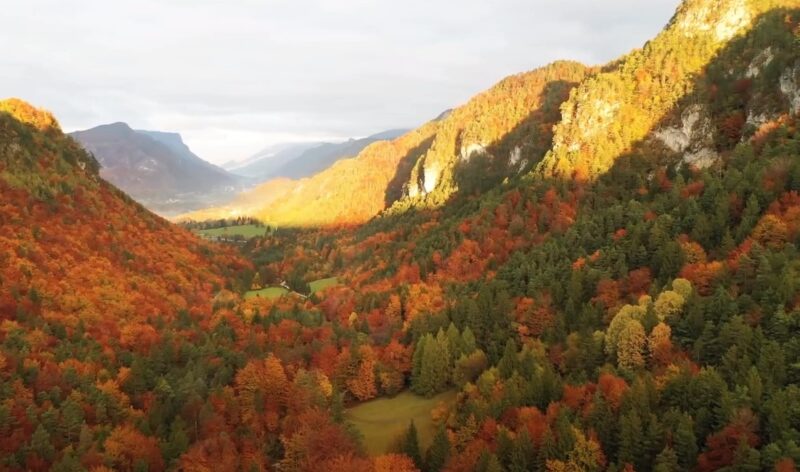
Deforestation
In the heart-wrenching battle between man and nature, deforestation casts a dark shadow over the delicate balance of forest ecosystems. As human populations expand, vast stretches of ancient woodlands succumb to the relentless demands of agriculture, logging, and urbanization. This destructive force strips away the very fabric of habitats that countless forest animals rely upon for survival. The loss of shelter, food sources, and breeding grounds force these creatures into a fight for survival like never before.
Climate Change
Beyond the visible scars of deforestation lies an invisible enemy threatening the world’s forests and their inhabitants – climate change. The warming climate brings forth a cascade of consequences, disrupting the finely-tuned rhythms of nature. For forest animals, this means adapting to unprecedented shifts in their environment. With rising temperatures, some species may face the daunting challenge of moving to higher elevations or latitudes in search of suitable habitats. Meanwhile, altered weather patterns can disrupt seasonal cues, affecting breeding and migration patterns, and throwing the delicate web of life into disarray.
Role of Humans
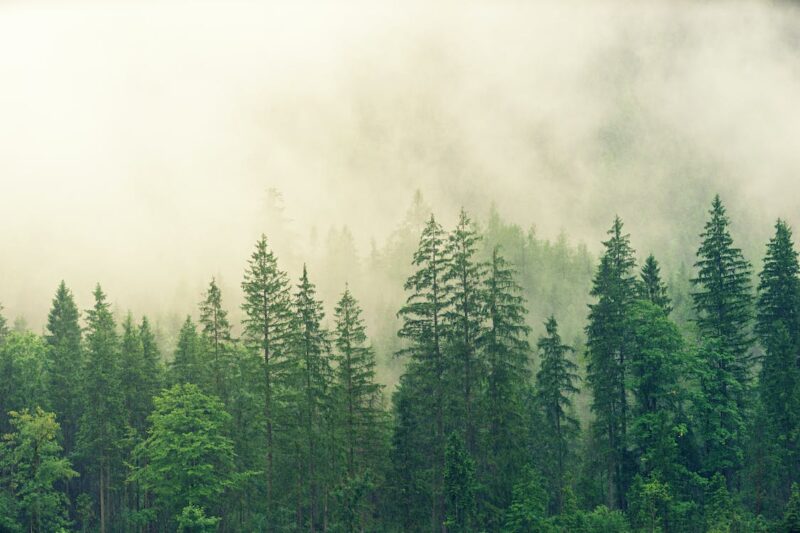
Protected Areas
In the face of these formidable threats, a glimmer of hope emerges through the establishment of protected areas. National parks, wildlife reserves, and sanctuaries stand as bastions of preservation, shielding vulnerable forest habitats from the relentless march of deforestation and urban sprawl. Within these designated safe havens, forest animals can find respite, allowing populations to thrive and ecosystems to maintain their natural rhythms. From the grand majesty of ancient trees to the tiniest of inhabitants, these protected areas provide a haven where nature can flourish undisturbed.
Reforestation
While the wounds of deforestation may seem irreversible, humankind has recognized the urgency of healing the land through reforestation initiatives. Like a beacon of hope, these projects aim to reverse the tide by planting millions of trees in areas once ravageby clear-cutting and logging. As saplings take root and flourish, they breathe new life into the devastated landscapes, offering a second chance for forest animals to reclaim their homes. Reforestation not only revitalizes habitats but also serves as a powerful ally in combatting climate change, absorbing carbon dioxide, and nurturing biodiversity.
FAQs
How does deforestation impact forest ecosystems and the animals that depend on them?
Deforestation disrupts forest ecosystems, leading to the loss of shelter, food sources, and breeding grounds for animals, forcing them to face new survival challenges.
What role does climate change play in affecting forest animals and their habitats?
Climate change causes disruptions in forest ecosystems, altering weather patterns and affecting breeding and migration, forcing animals to adapt to changing environments.
How do protected areas, such as national parks, contribute to the preservation of forest habitats and their inhabitants?
Protected areas act as safe havens for forest animals, shielding them from deforestation and providing spaces for thriving populations and natural rhythms to be maintained.
How does reforestation help heal the wounds of deforestation and benefit forest animals?
Reforestation initiatives plant millions of trees in deforested areas, revitalizing habitats and offering a chance for forest animals to reclaim their homes, while also combatting climate change and nurturing biodiversity.
Conclusion
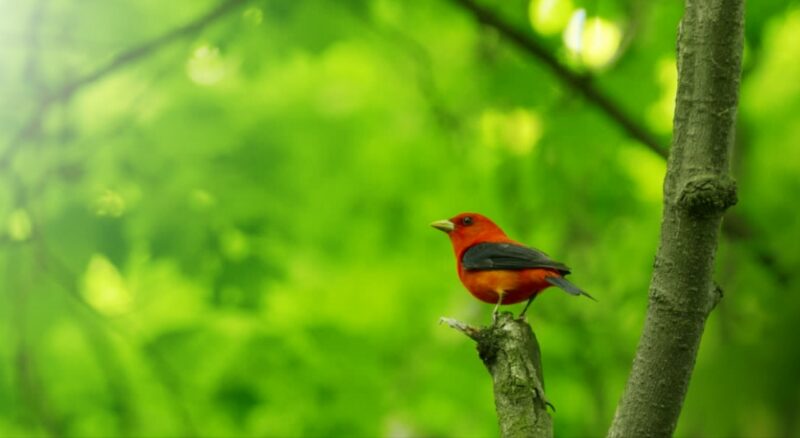
The world of forest animals is a captivating and diverse realm, where every species plays a vital role in maintaining the delicate balance of nature. By appreciating the beauty and complexity of these creatures through pictures and fun facts, we can cultivate a deeper understanding and respect for the invaluable ecosystems they call home. Moreover, it is essential for us as stewards of the Earth to actively participate in conservation efforts, ensuring that future generations can also cherish the wonders of forest-dwelling animals.
Related Posts:
- Animals that Start with X – Pictures & Fun Facts -…
- 10 Taiga Plants With Pictures & Facts - Boreal Forest Flora
- What Habitats Do Mammals Live In? From Forests to Deserts
- Connecting Kids to Nature: Making Ecology Homework…
- African Animals - Interesting Facts and Pictures
- 50 Animals That Start With N: Pictures & Interesting Facts


